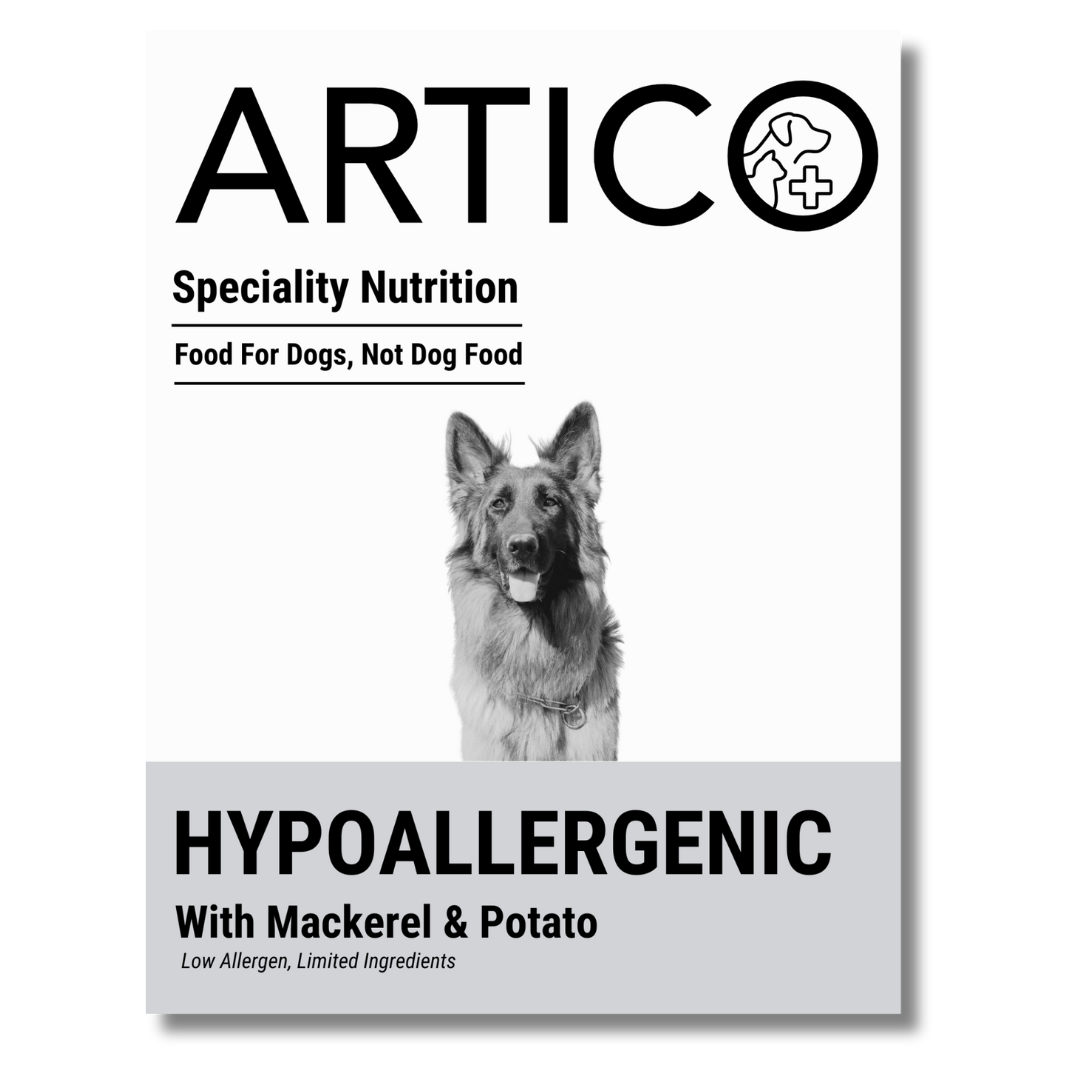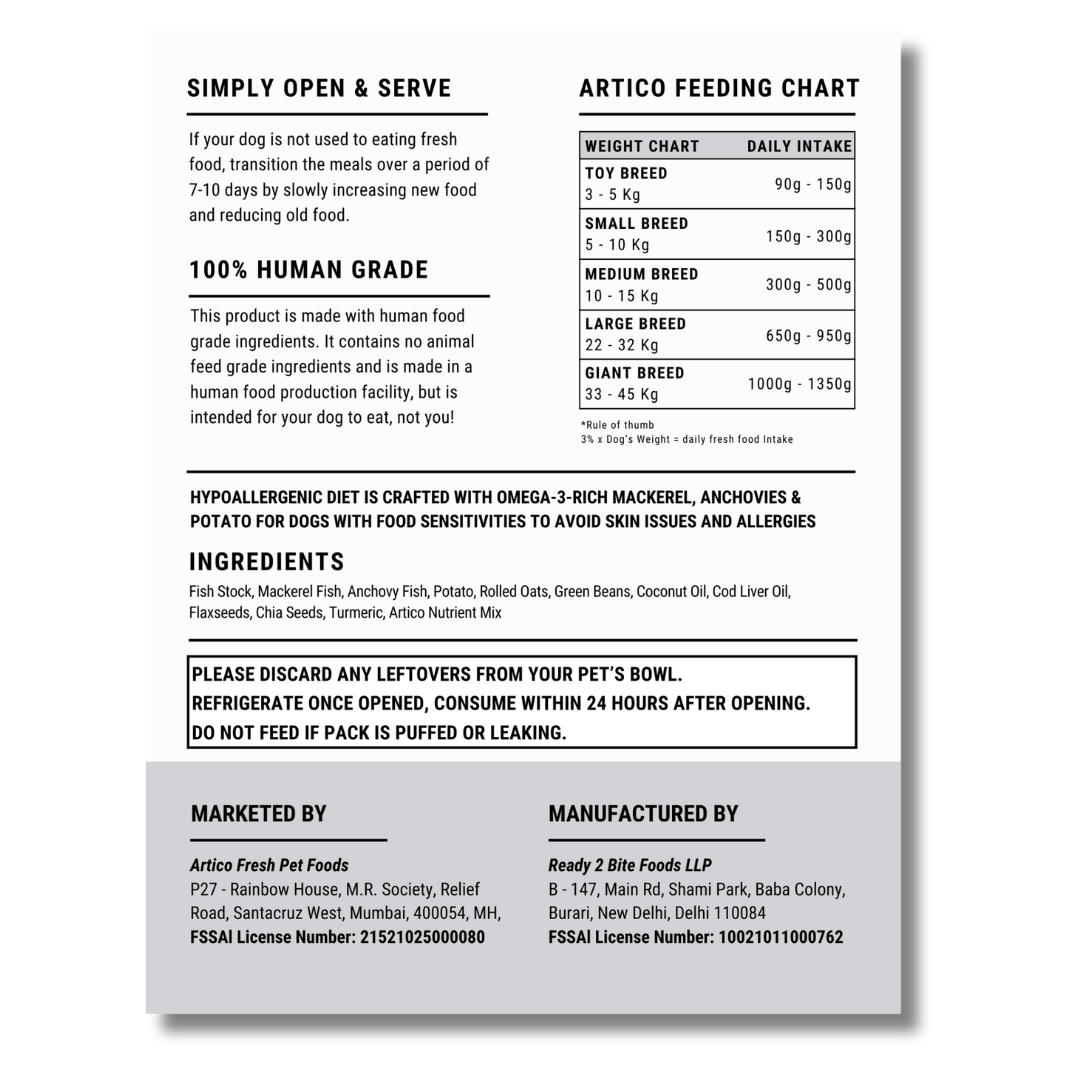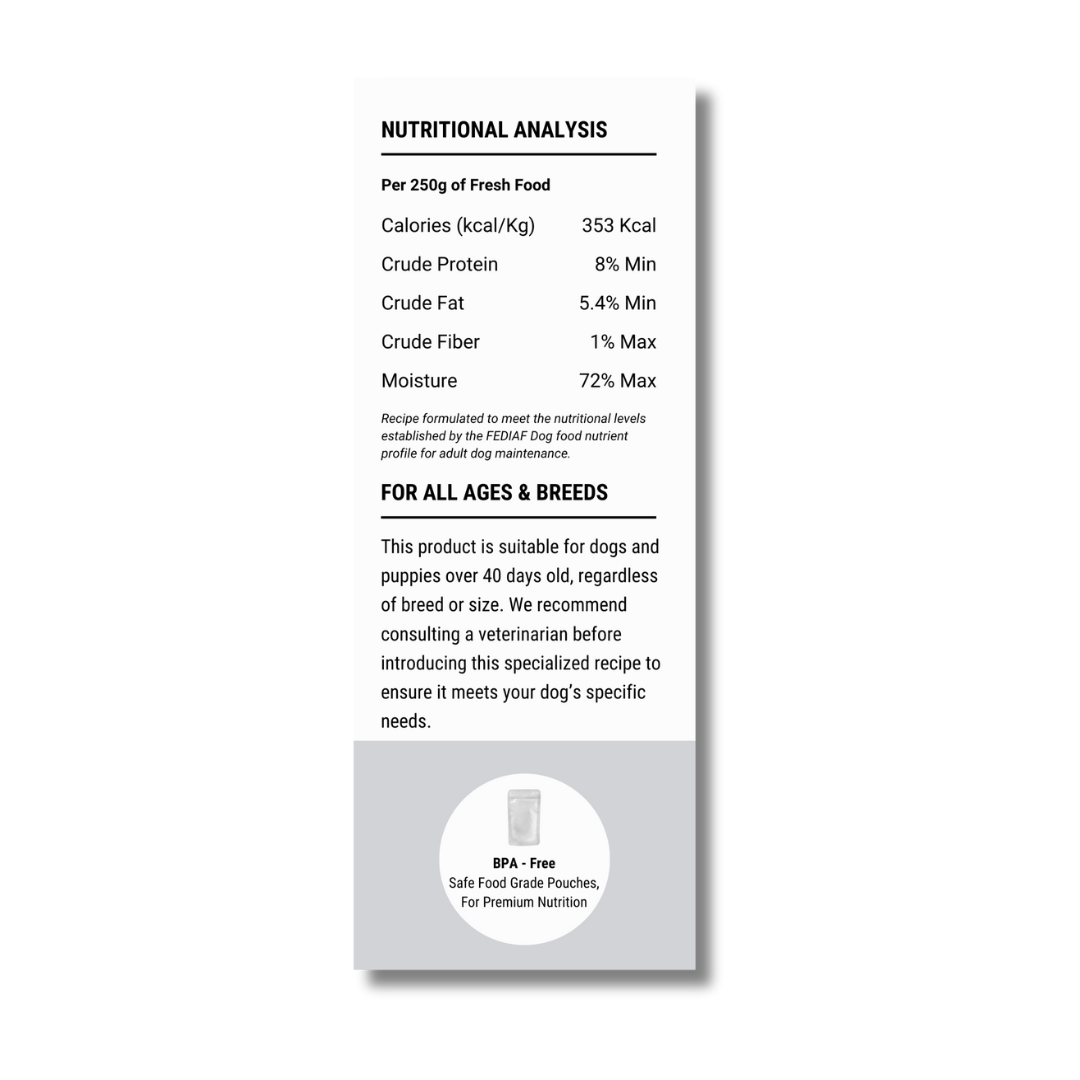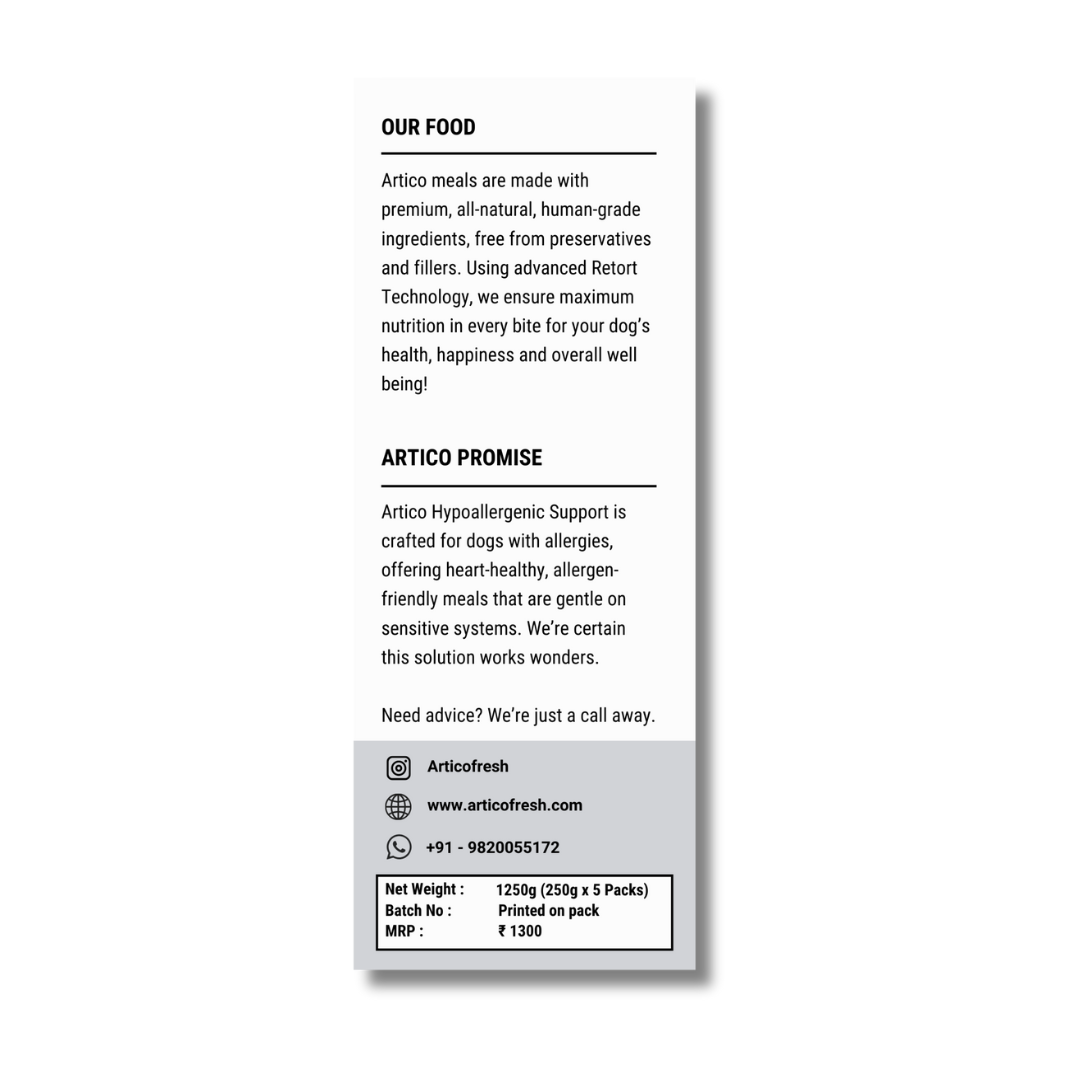
Common Dog Food Allergens: Managing Sensitivities with Fresh Dog Food
Share This Post
Watching your dog scratch endlessly or struggle with stomach issues is heartbreaking. Food sensitivities could be the culprit, but pinpointing the cause and finding the right diet can feel frustrating. Fresh, ready-to-eat dog food offers a clean, customizable solution to help your pup feel their best. As a transparent resource for pet parents, we’re diving into common dog food allergens, how to identify sensitivities, and why fresh dog food is a game changer for sensitive dogs, Let dive straight towards a happier, healthier pup.
What Are Food Sensitivities?
Food sensitivities in dogs can range from mild intolerances (causing digestive upset) to true allergies (triggering immune responses like itching or inflammation). FEDIAF notes that only about 10% of dogs have true food allergies, but sensitivities can still cause discomfort. Common signs include:
- Itchy skin, ears, or paws
- Redness or hot spots
- Diarrhea or vomiting
- Chronic ear infections
Unlike human allergies, dog food sensitivities often stem from proteins or vegetables, not grains. Fresh dog food, with its whole-food ingredients and high moisture, can make managing these issues easier by offering simple, high-quality recipes.
Common Allergens in Dog Food
Certain ingredients are more likely to trigger sensitivities. Here are the top culprits:
- Beef: A frequent allergen due to its common use in dog diets, often causing skin or digestive issues.
- Chicken: Another staple protein that can spark reactions in sensitive dogs.
- Dairy: Ingredients like milk or cheese can lead to bloating or diarrhea, as many dogs lack the enzymes to digest lactose.
- Eggs: Less common but can cause skin flare-ups in some dogs.
- Wheat: A grain that may trigger sensitivities in rare cases, though proteins are far more likely culprits.
- Fish: Uncommon allergen, but found rarely in a very small number of dogs.
FEDIAF confirms that grains like wheat are safe for most dogs, with only a small fraction showing sensitivities. When allergies strike, the culprit is usually a protein, making it critical to choose a diet that’s easy to customize.
Why Fresh Dog Food Is Ideal for Sensitivities
Fresh, ready-to-eat dog food—gently cooked and sealed in pouches or trays—stands out for managing sensitivities. Here’s why:
- Clean Ingredient Lists: Fresh food uses whole, recognizable ingredients like named meats (e.g., turkey, fish) and vegetables, avoiding vague by-products or fillers that can hide allergens. This transparency makes it easier to spot and avoid triggers.
- High-Quality Proteins: With 40-50% dry matter basis (DMB) protein from muscle meats, fresh food delivers available nutrients that support healing and reduce inflammation, unlike lower-quality proteins that may worsen sensitivities.
- Novel Protein Options: Fresh food often includes unique proteins like duck, venison, or lamb, which are less likely to cause reactions in dogs overexposed to beef or chicken.
- Gentle Digestion: The 70-80% moisture content and simple recipes make fresh food easy on the stomach, reducing digestive stress for sensitive dogs.
- Hydration Boost: Extra moisture supports skin health and kidney function, helping flush out toxins that can aggravate allergies.
FEDIAF ensures fresh dog food meets complete diet standards so you can trust it’s balanced while tackling sensitivities.
How to Identify Sensitivities
Pinpointing an allergen requires detective work. Here’s how to start:
- Visit Your Vet: A vet can rule out other causes (e.g., fleas or infections) and recommend allergy testing or an elimination diet.
- Try an Elimination Diet: Feed a fresh food with a novel protein (e.g., venison) and minimal ingredients for 8-12 weeks, avoiding all other foods or treats. Slowly reintroduce ingredients to spot triggers.
- Track Symptoms: Keep a journal of itching, ear issues, or digestive changes to share with your vet.
Fresh dog food’s limited-ingredient recipes are perfect for elimination diets, as they reduce the variables and make it easier to isolate allergens.
Managing Sensitivities with Fresh Dog Food
Once you identify an allergen, fresh dog food makes management straightforward:
- Choose Novel Proteins: Opt for fresh meals with proteins your dog hasn’t eaten much, like rabbit or fish, to minimize reactions.
- Go Limited-Ingredient: Pick recipes with just a few components (e.g., Fish and potato) to avoid hidden triggers.
- Prioritize Quality: Look for fresh foods with high DMB protein (40%+) from named meats, ensuring nutrients support skin and immune health.
- Transition Gradually: Mix fresh food into your dog’s current diet over 7-10 days to prevent digestive upset. For example, start with 25% fresh food, increasing daily.
- Monitor Progress: Watch for reduced scratching or firmer stools. If symptoms persist, consult your vet to adjust the diet.
FEDIAF’s nutrient profiles ensure fresh food remains balanced, even for sensitive dogs, so you can focus on relief without worrying about deficiencies.
Practical Tips for Choosing Fresh Dog Food
- Read Labels: Choose fresh foods listing named meats first (e.g., “turkey,” not “poultry”). Avoid complex recipes with multiple proteins.
- Check Protein Levels: Ensure the food meets FEDIAF’s minimums (18% for adults, 25% for puppies) with animal-based sources for optimal absorption.
- Consider Grain-Free if Needed: For rare grain sensitivities, grain-free fresh food with novel proteins can help, but confirm with your vet.
- Work with Your Vet: Regular check-ins ensure the diet addresses sensitivities while meeting your dog’s needs.
Check out our Fish & Potato Hypoallergenic Recipe to give your dog safe low allergen eating experience.






